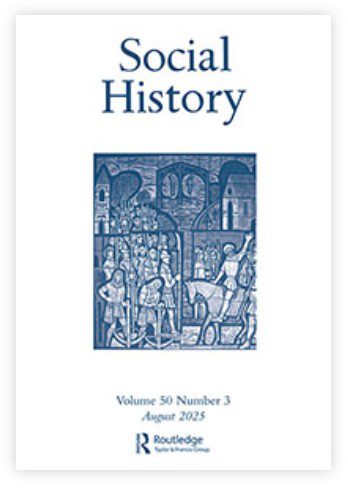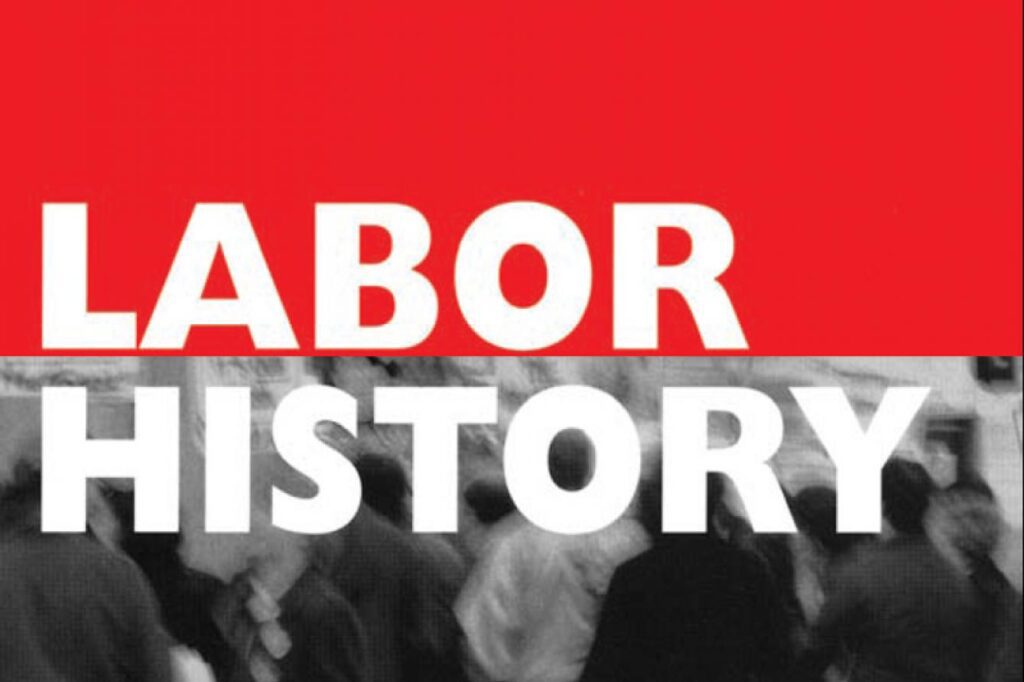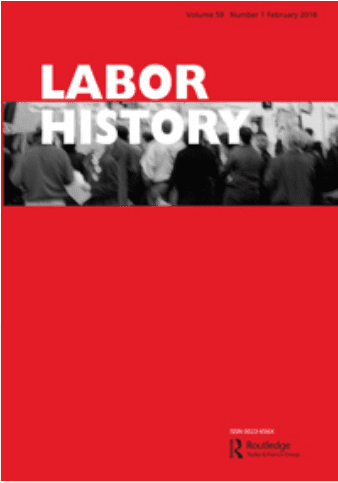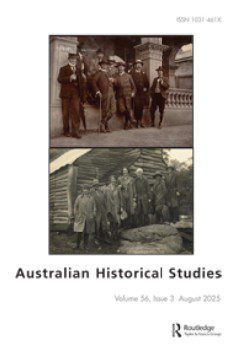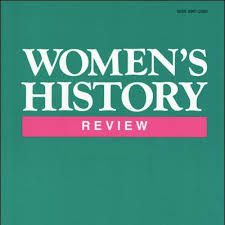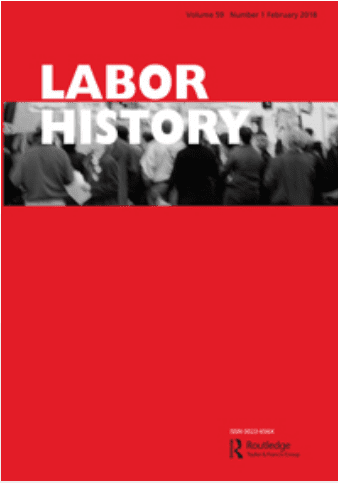
The Rise and Fall of the Sunbed in Britain: tanning culture from fad to fear

news, new scholarship & more from around the world



Waltzing Matilda, opened in the late 1950s in Tsim Sha Tsui, is believed to be Hong Kong’s first gay bar – but that was never the plan.
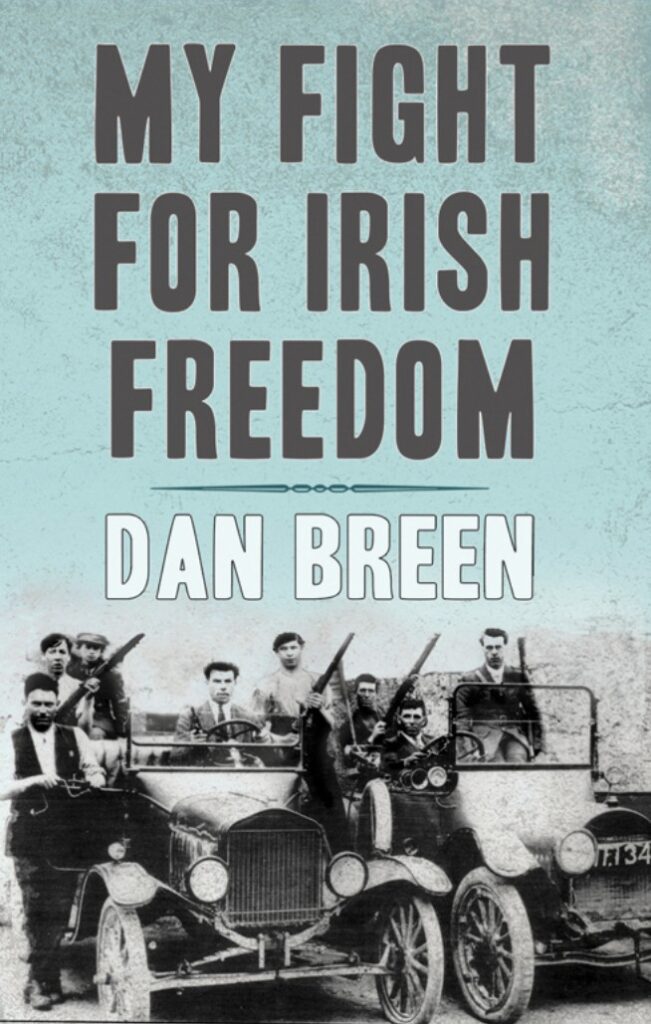

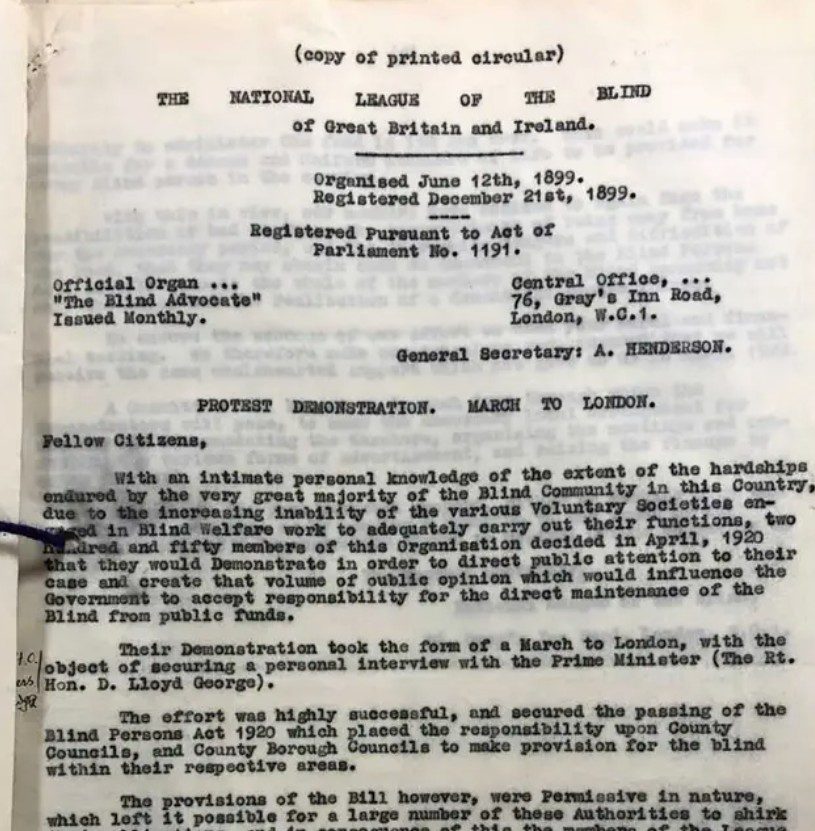
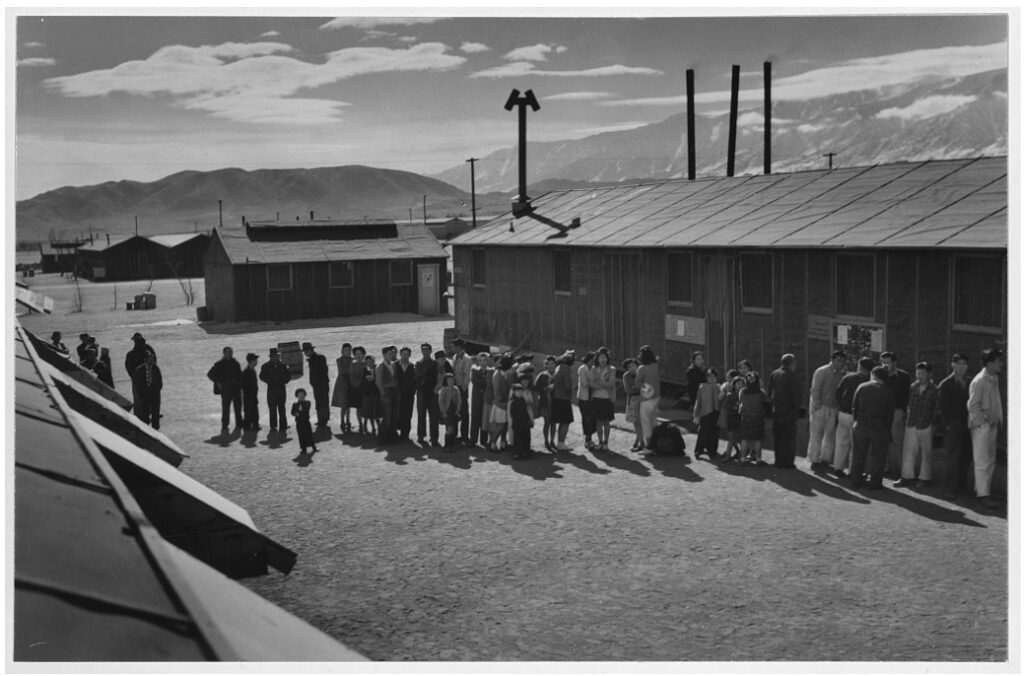
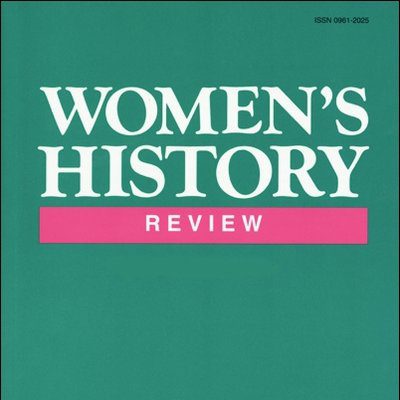
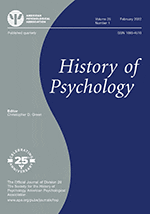



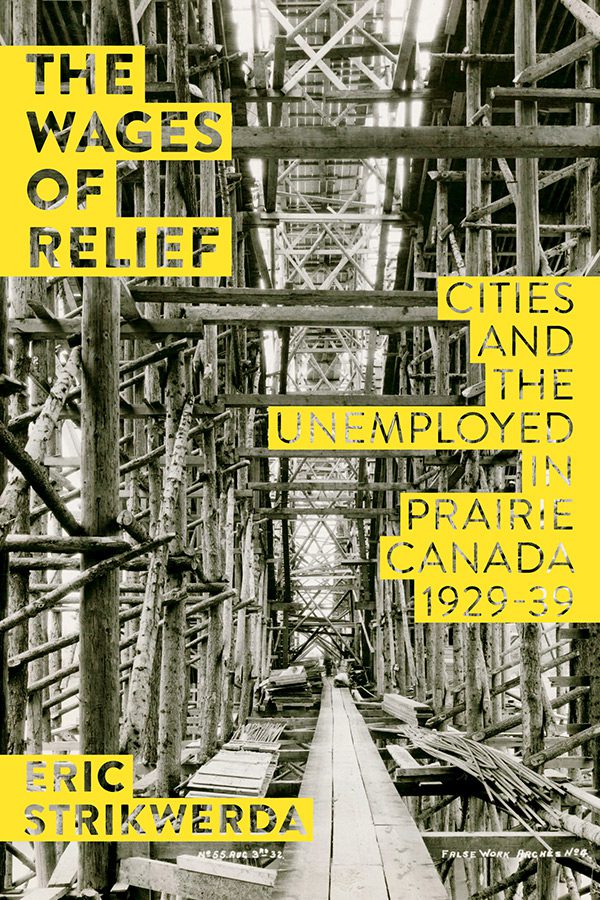
Setting municipal relief administrations of the 1930s within a wider literature on welfare and urban poor relief, Strikwerda highlights the legacy on which relief policymakers relied in determining policy directions, as well as the experiences of the individuals and families who depended on relief for their survival. Focusing on three prairie cities—Edmonton, Saskatoon, and Winnipeg—Strikwerda argues that municipal officials used their power to set policy to address what they perceived to be the most serious threats to the social order stemming from the economic crisis. By analyzing the differing ways in which local relief programs treated married and single men, he also explores important gendered dynamics at work in the response of city administrators to the social and economic upheaval of the Depression.

History of Psychology, Vol 28(3), Aug 2025, 198-219; doi:10.1037/hop0000281
The text examines the reception in France of the work of Henri F. Ellenberger, a psychiatrist and historian and the author of The Discovery of the Unconscious (1970). In this book, Ellenberger offers a non-Freudian history of dynamic psychiatry, highlighting contributions by Janet, Adler, and Jung to develop a more pluralistic view of psychotherapeutic practices. In the 1970s, France remained strongly dominated by psychoanalysis, while other countries increasingly adopted approaches such as cognitive behavioral therapy. This Freudian hegemony explains the resistance Ellenberger encountered in having his book translated into French. Despite his connections with prominent psychiatrists, his initial attempts failed. It was ultimately through the magazine Psychologie—founded by Jacques Mousseau and inspired by Psychology Today—that Ellenberger found a platform for his ideas, leading to the French publication of his book in 1974. The text emphasizes that the mixed reception of Ellenberger’s work reflects a broader divide between therapeutic models. In the United States, his book fueled a critical reevaluation of psychoanalysis, while in France his contribution was often minimized or reframed to fit within the Freudian tradition. The article links these dynamics to deeper ideological polarization and the influence of institutional networks in defining what counts as legitimate therapeutic knowledge. Ultimately, the study concludes that Ellenberger, as both an intellectual and geographical outsider, represents a pivotal moment for thinking about therapeutic and historiographical pluralism—an approach that France struggled to embrace for decades. (PsycInfo Database Record (c) 2025 APA, all rights reserved)

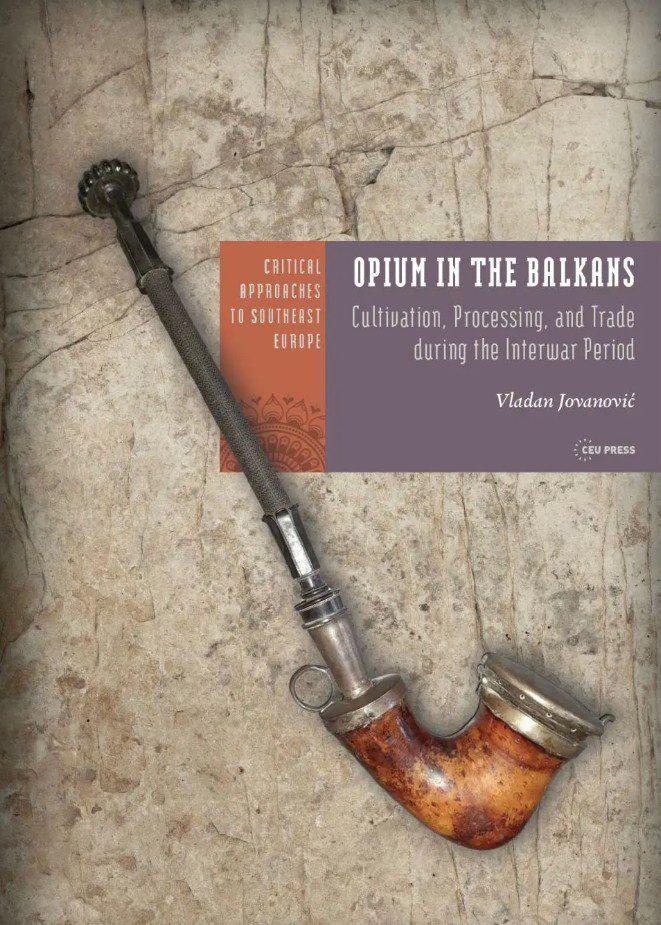
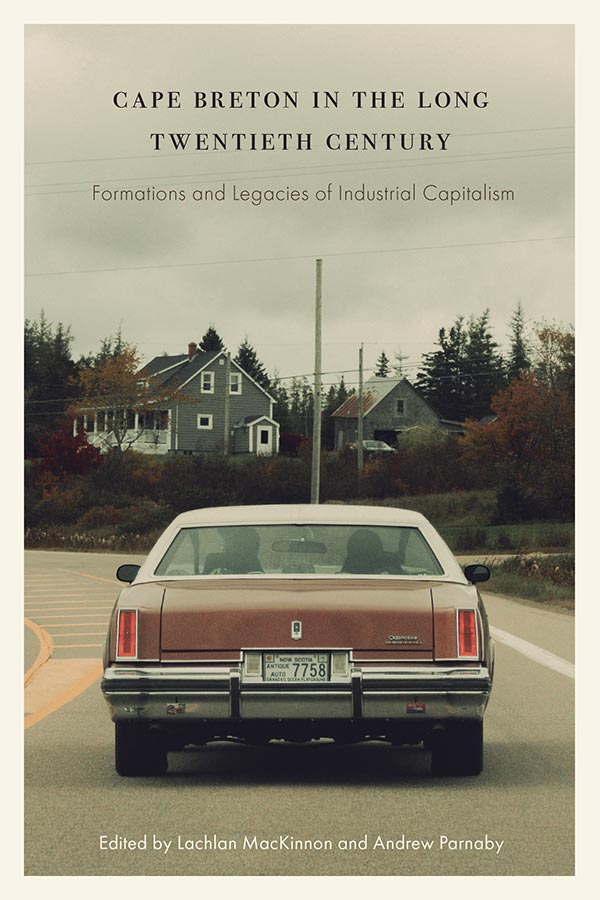

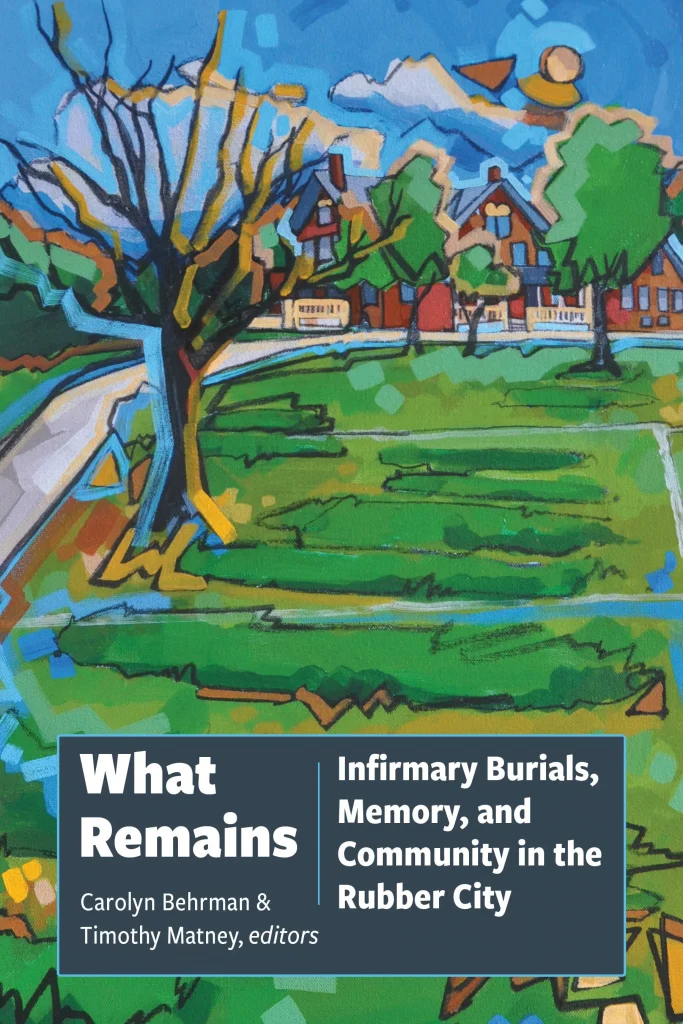
Volume 34, Issue 6, November 2025, Page 904-925
.
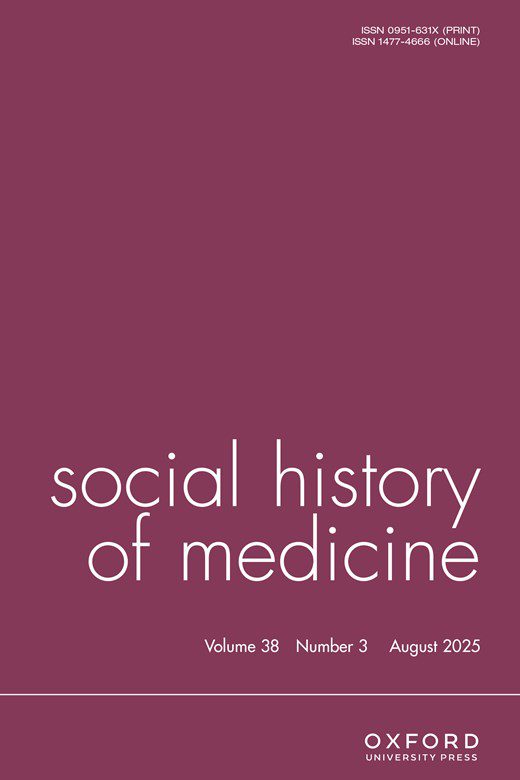
Kilgannon, DavidIntellectual Disability and Ireland, 1947–1996: Towards a Full Life?, Liverpool: Liverpool University Press, 2023. Pp. xii + 246. £24. Pbk. ISBN 978-1-8376-4441-4.



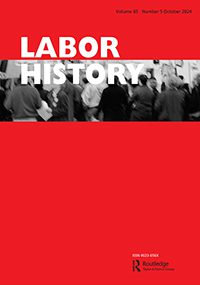
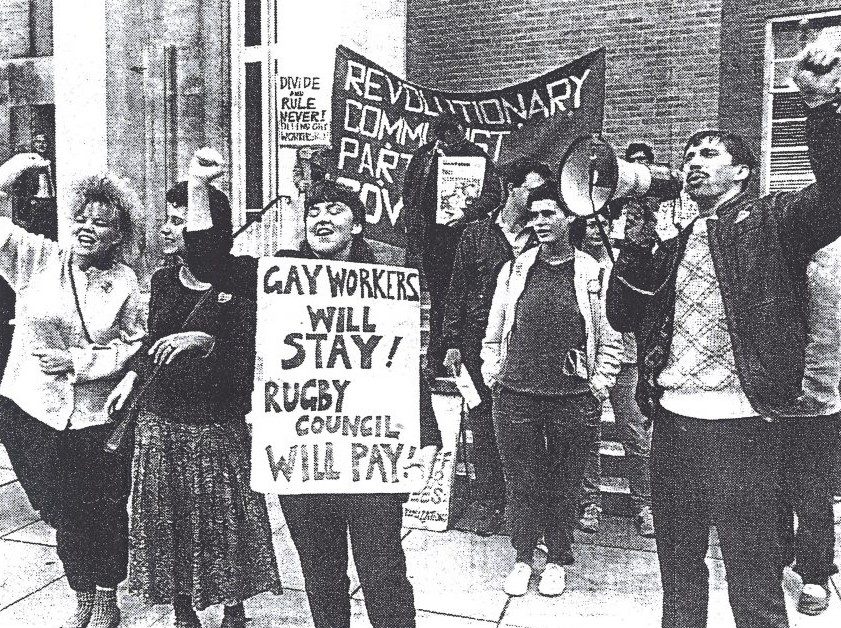
On 10 November police arrested 18 people for unfurling banners in the town centre, and in January tomatoes and smoke flares were thrown at councillors in the town hall. By mid-February the council had been forced to backtrack and amend its policy to state that they would not discriminate against employees on the basis of sexual orientation.

Mary ‘May’ McGee, who has died at the age of 81 after a short illness, made legal and social history in Ireland when she and her husband Shay won a Supreme Court case against the State’s ban on contraception in 1973.


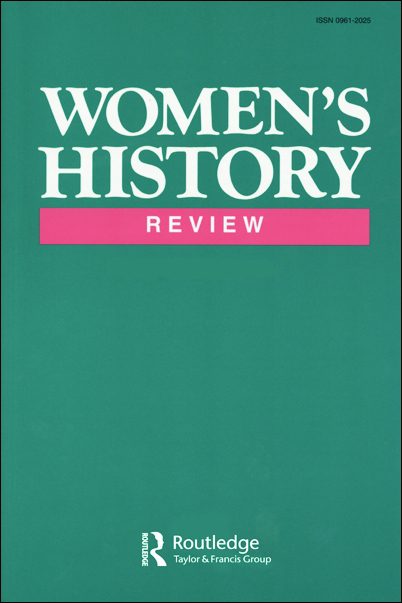
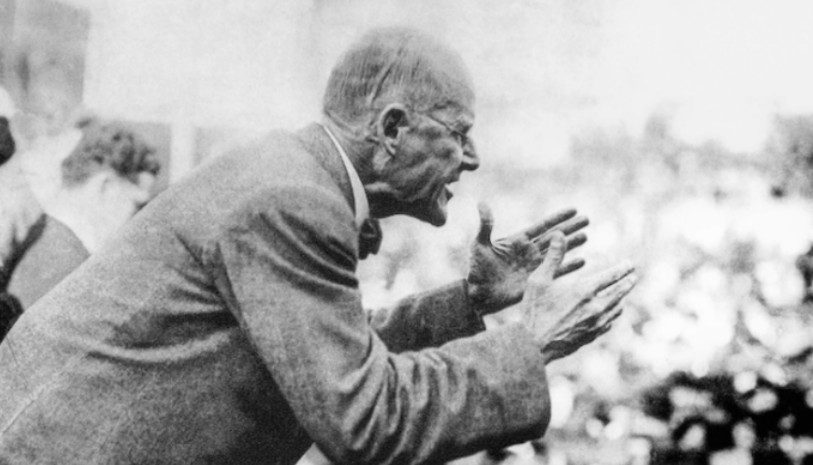
During the winter of 1825, Robert Owen, a rich manufacturer from Wales, gave two addresses, each about three hours long, to joint sessions of Congress. There was, he told the lawmakers, an urgent need to establish “a New System of Society,” one that would be based “upon principles of strict justice and impartial kindness.” Owen condemned the reigning economic order, which he called “the trading system,” as selfish and inhumane at its core. It trained people “to obtain advantages over others,” he argued, and gave “a very injurious surplus of wealth and power to the few” while exacting “poverty and subjection on the many.”
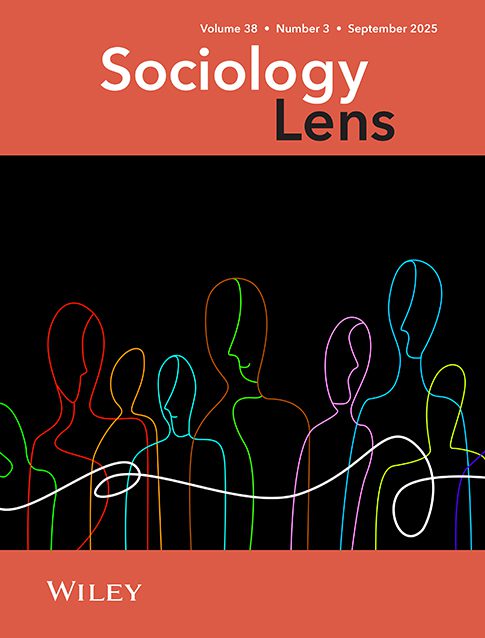
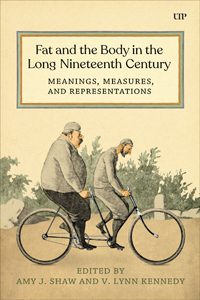
Fat and the Body in the Long Nineteenth Century: Meanings, Measures, and Representations Edited by ShawAmy J.KennedyV. Lynn (Toronto: University of Toronto Press, 2025. x plus 278 pp. $60.00).


Whatcott uncovers a history of disabled resistance to these institutions that predates disability rights movements, builds a genealogy of resistance, and tells a history of eugenics from below. Theorizing how what they call “carceral eugenics” informed state treatment of disabled, mad, and neurodivergent people a century ago, Whatcott shows not only how that same logic still exists in secure treatment facilities, state prisons, and immigration detention centers, but also why it must continue to be resisted.
